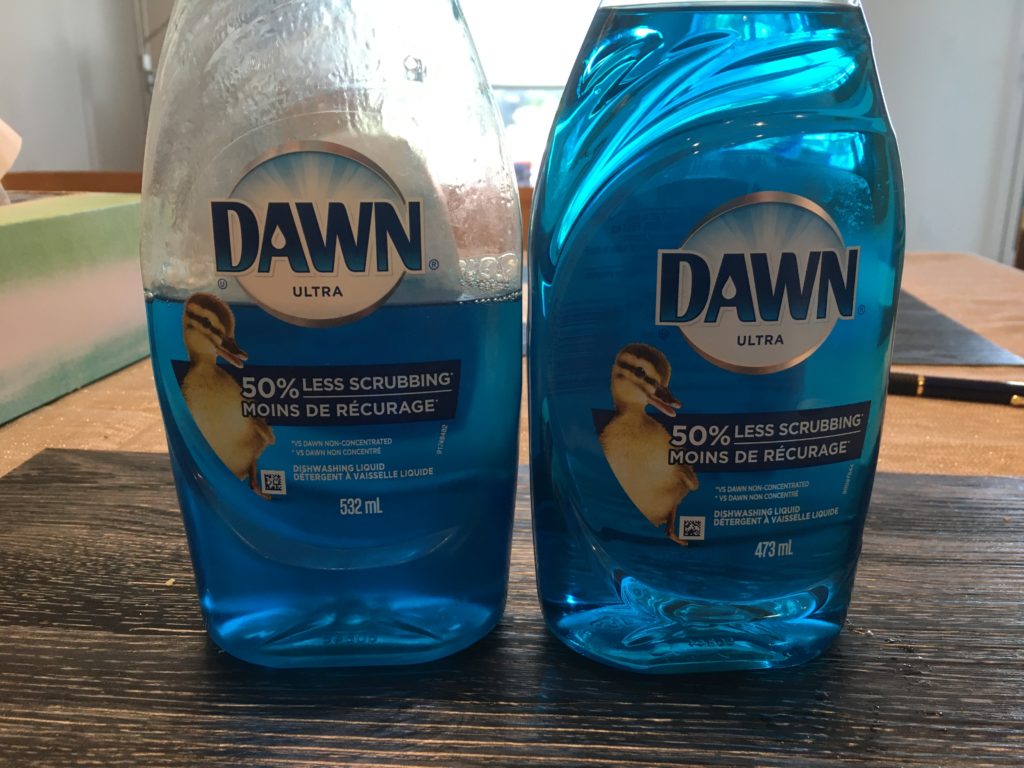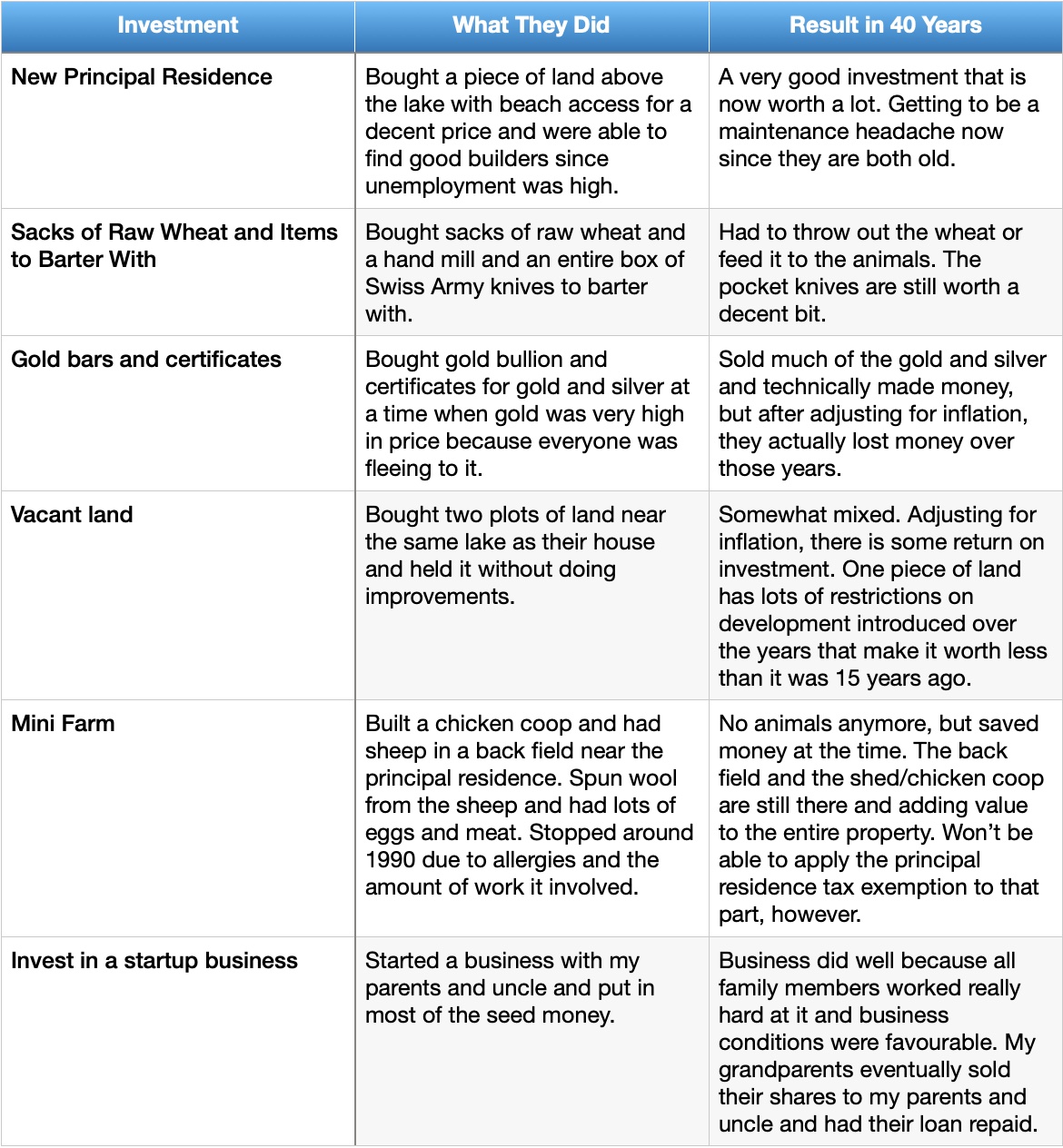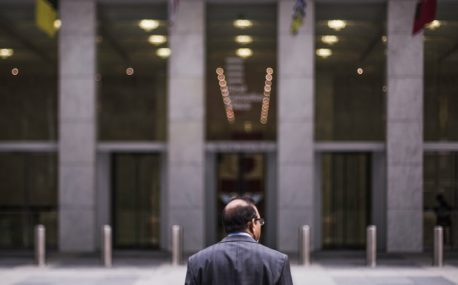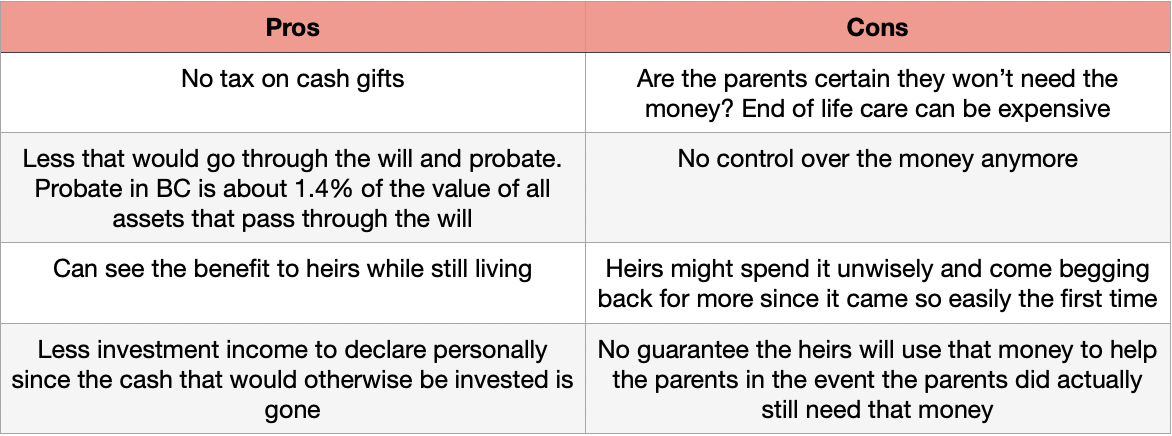
Parents of disabled children often spend sleepless nights worrying about what might happen to a disabled child if they are gone. Estate planning is very important for everyone, but particularly for parents of a disabled child because special considerations may need to be made for that child over the other children. This article outlines some of the planning opportunities, depending on what the parent wants to leave for their child’s provision.
Real Estate Property
Property like a home can be left for a disabled child in one of three ways – through the will, in a trust, or through joint title. Often when using a trust, the trust might not come into existence until after the parents pass away, but the details of how the trust will work are already prewritten – usually in the will. The will might also just simply specify that the house is left to the disabled child, giving them full control. A trust is advisable if the child’s disability is a mental one, but if it is a physical disability and they can manage their own finances, then letting the child have full control is fine. The downside of a trust is that it needs a trustee to manage it and it will need to file a tax return separately for every year that it is in existence (typically a $1000 accounting/legal fee yearly).
By far the simplest way to leave a family home to a disabled child is to add them joint on title because then it won’t even need to be part of the parents’ estate and will. This is best if the disabled child is living with the parents, is not mentally disabled, and doesn’t have another property, otherwise the principal residence tax exemption might be partially lost.
Leaving Funds
Funds can also be left for a disabled child in one of four ways – by beneficiary designation, by setting up and contributing to a RDSP, through a trust, or through the will.
Accounts like RRSPs, TFSAs, segregated funds, and life insurance allow beneficiaries to be named so that those funds are paid out directly on death instead of having to go through the will and the estate. This can be a simple way to give extra to a disabled child while still having the will distribute the rest of the estate equally between all children. Beneficiary designations can be easily updated with the financial institution without having to update the will.
A RDSP account is a savings accounts for people who qualify for the disability tax credit federally and the government gives matching grants depending on how much family contributes to the account every year. The RDSP is in the name of the disabled child, however, and would be part of their estate if he/she passes away.
Funds can also be put in a trust, either while the parents are alive or created in the will upon the parents’ deaths. As mentioned earlier, a trust has additional administration and fees to maintain, but is the best for a child with a mental disability. Alternatively, the will can simply leave a higher percent of the residual estate to a disabled child, assuming the child can manage their own finances.
Communication
Whatever strategy you decide to use to provide for a disabled child, it is recommended to have a family discussion, especially if a sibling is expected to be a trustee or expected to help in managing the assets set aside for the disabled child. The only instance where parents might decide to keep it quiet is if the other children might resent the extra that a disabled child gets. In that case, gifting a life insurance policy or funds through direct beneficiary designation is the best way to quietly give extra to one child. Some insurance companies will even allow the death benefit to be paid out as a monthly allowance for the rest of the child’s life – almost like a trust but without the management cost.
If you would like to explore ways to set aside assets for a disabled child, reach out and book a meeting with me today!










